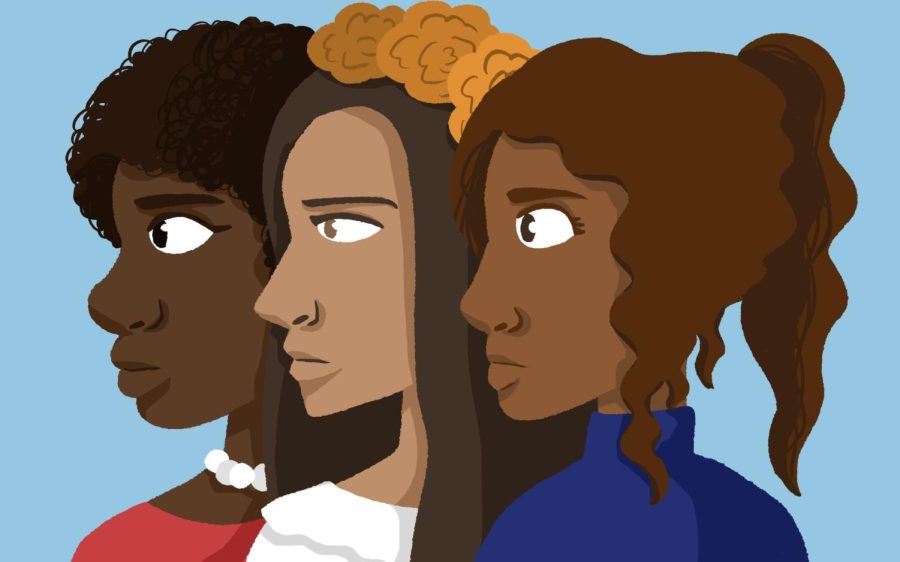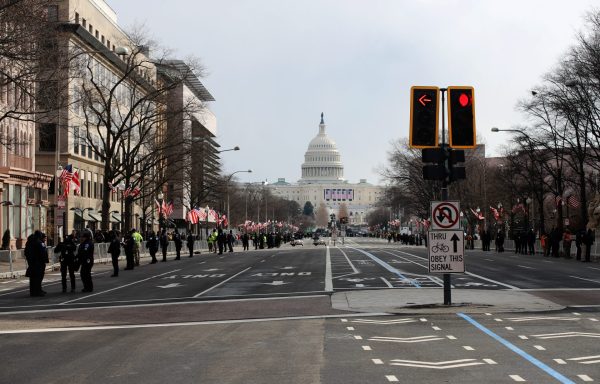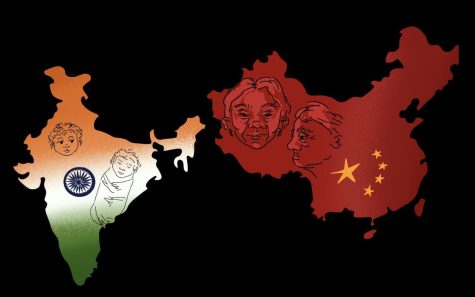Proposed ‘Latino’ category on U.S. Census raises questions of who is truly represented
Credit: Maya Oclassen/The DePaulia
The Biden administration stirred up discussions across the Latino community after proposing to combine the race and ethnicity question on the 2030 census last month, allowing people to checkmark Latino or Hispanic.
While currently the census accounts for both ethnicity and race, the race category is limited to white, Black, American Indian, Asian, Native Hawaiian or Other Pacific Islander, and a final category of “some other race.”
A study conducted by the Pew Research Center showed that in the 2020 census, 42% of Latinos did not identify as white and marked “some other race.” Evidence from a group of experts who have been “studying the federal government’s 1997 race and ethnicity standards” shows that asking people to check mark their ethnicity and race is confusing for many people who do not see a difference in ethnicity and race, according to an article in NBC News.
The proposal from the Biden administration seeks to reformat the question of race and ethnicity into the same category, according to PBS News Hour.
The public has about 40 more days to submit their own comments about the proposal, titled OMB-2023-0001, on a federal website. These comments will be used to draft the final proposal.
DePaul junior Vanesa León said that though she sees benefits to including Hispanic/Latino as a race category, she feels the census does not account for the fact that the Latino community is a diverse community.
“It does divide the community,” León said. “In general the census does not take into consideration that Latinos are not a homogenous community and we do come in a variety of shades.”
This proposal will go into effect in the 2030 census, and it is intended to redefine the concept of race and ethnicity to account for people of Hispanic descent. However, it has posed a lot of questions concerning the recognition and representation of AfroLatinidad, the identity of individuals with Latin American and African roots.
This brings up conflicting ideas on whether the proposal fosters inclusion, or promotes a disregard of intersecting racial and ethnic identities in the Latinx community.
“I think that a lot of the Latin community fails to recognize that you can be Black and Latino,” DePaul junior and co-president of student group Movimiento Estudiantes de Solidaridad y Apoyo (MESA) Emily Vallejo said.
Columbia University graduate and Afro-Latina journalist Jenay Ciara felt a lack of representation for Afro-Latinas growing up, which left her feeling out of place and questioning where she belonged.
“So often it was like I’m not Black enough or I’m not Latina enough, but within the Latinx culture it was a lot of internalized racism passed down through generations and also the lack of representation,” Ciara said.
In 2015, Ciara founded #IAMENOUGH, a digital storytelling platform, dedicated to creating a space oriented towards amplifying Afro-Latina narratives and recognizing diversity within the Latinx community.
Contributing to the threats of the lack of recognition of intersecting racial and ethnic identities is the pervasiveness of colorism and racism. According to the Pew Research Center, colorism entails the discrimination of individuals with a dark skin tone which can manifest itself from within the same ethnic or racial group. While racism is the discrimination of individuals for their ethnic or racial identity.
Ciara recognizes how confining Latinos to a single identity can be very invalidating and promote internalized colorism and racism.
“We spend too much time trying to check people into a box, or trying to check people into a nationality,” Ciara said. “I feel like there is so much emphasis on it that people feel within their own community they have to put down other people based on the color of their skin.”
In a national survey conducted in 2021 by the Pew Research Center, they found that, of the people surveyed, 41% of Hispanics with a darker complexion reported to have been discriminated against by someone who is also Hispanic.
According to Duke University, “Hispanic” refers to someone with ancestry from a predominantly Spanish-speaking country, and “Latino” refers to a person with origins from anywhere in Latin America.
“I have experienced colorism within my own community, [with phrases such as] ‘don’t go into the sun, you’re going to get too dark,’” León said.
Consequently, many Latinos have been emphasizing the need for promoting representation of Latinos with intersecting racial and ethnic identities from within the Latinx community to combat the invalidation of many Latinos.
“It really starts with us within our community creating spaces for people like us,” Ciara said. “We can’t just rely on politics and the government to understand because they’re not always in our shoes.”







